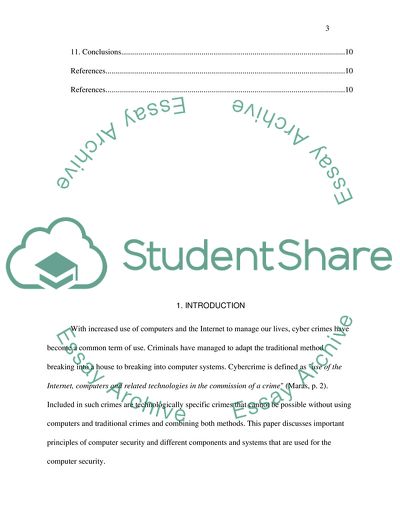Cite this document
(Principles of Computer Security Coursework Example | Topics and Well Written Essays - 1500 words, n.d.)
Principles of Computer Security Coursework Example | Topics and Well Written Essays - 1500 words. https://studentshare.org/information-technology/1785749-principles-of-computer-security
Principles of Computer Security Coursework Example | Topics and Well Written Essays - 1500 words. https://studentshare.org/information-technology/1785749-principles-of-computer-security
(Principles of Computer Security Coursework Example | Topics and Well Written Essays - 1500 Words)
Principles of Computer Security Coursework Example | Topics and Well Written Essays - 1500 Words. https://studentshare.org/information-technology/1785749-principles-of-computer-security.
Principles of Computer Security Coursework Example | Topics and Well Written Essays - 1500 Words. https://studentshare.org/information-technology/1785749-principles-of-computer-security.
“Principles of Computer Security Coursework Example | Topics and Well Written Essays - 1500 Words”. https://studentshare.org/information-technology/1785749-principles-of-computer-security.


